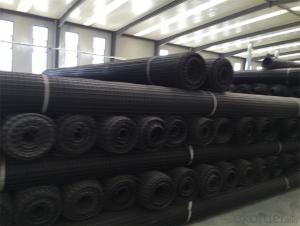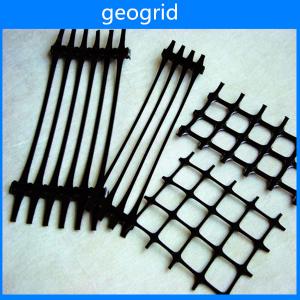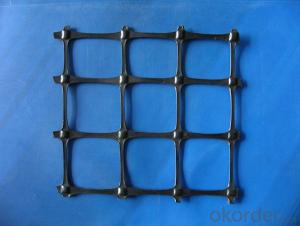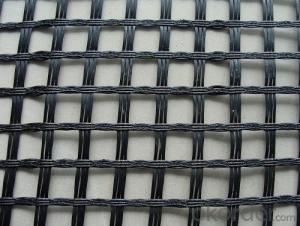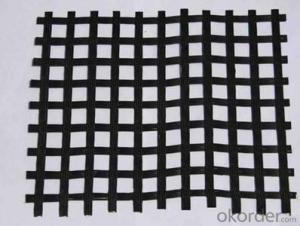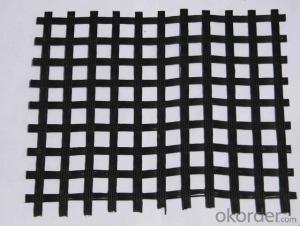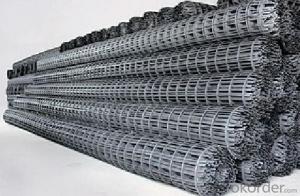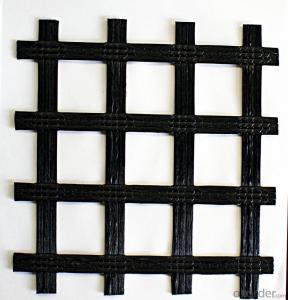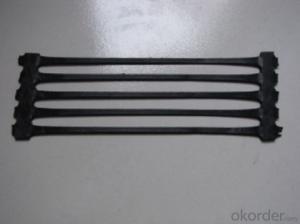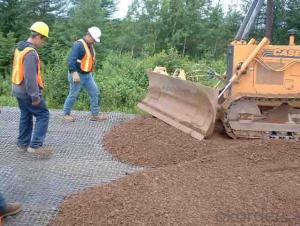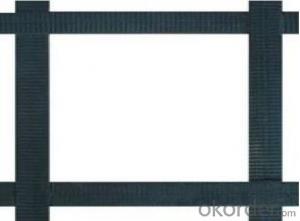Vegetated Geogrid
Vegetated Geogrid Related Searches
Fridge With Freezer On Bottom Driveway Pillars With Lights Blu Ray Player With Recorder Blu Ray Player With Internet Geogrid In Retaining Walls 1708 Biaxial Fiberglass Tape Pullout Resistance Of Geogrid Geogrid Warp Knitting Machine Srw 3 Series Geogrid Biaxial Plastic GeogridHot Searches
Fiberglass Scaffolding For Sale Fiberglass Panels For Sale Fiberglass Greenhouses For Sale Geogrid Fabric For Sale Gas Powered Core Aerator For Sale Revolution 4 Propeller For Sale Alabaster Carving Stone For Sale Geogrid For Sale Near Me Tensar Geogrid For Sale Geogrid For Sale Ex Display Log Cabins For Sale Photoelectric Cells For Sale Athletic Lockers For Sale Cubicle Partitions For Sale Stearman Propeller For Sale Palram Greenhouses For Sale Gumbo Bowls For Sale Suzuki Propellers For Sale Freight Crates For Sale Outhouse Sheds For SaleVegetated Geogrid Supplier & Manufacturer from China
Okorder.com is a professional Vegetated Geogrid supplier & manufacturer, offers integrated one-stop services including real-time quoting and online cargo tracking. We are funded by CNBM Group, a Fortune 500 enterprise and the largest Vegetated Geogrid firm in China.Hot Products
FAQ
- Geogrids help in reducing soil erosion on slopes by providing reinforcement and stability to the soil. They are placed within the soil and act as a support system, preventing the movement of soil particles downhill. This reinforcement helps to distribute the loads and stresses evenly, reducing the risk of soil erosion caused by water flow or gravity. Additionally, geogrids increase the shear strength of the soil, making it more resistant to erosion and slope failures.
- Geogrids help in reducing the risk of soil erosion by providing reinforcement to the soil. They are made up of high-strength materials and are designed to be placed within the soil, creating a stable structure. This reinforcement improves the soil's stability, preventing it from being washed away by water or blown away by wind. Geogrids also help to distribute the applied loads more evenly, reducing the potential for localized soil erosion.
- Yes, geogrids can be used in stormwater management applications. Geogrids are commonly used to reinforce and stabilize soil in various construction projects, including stormwater management systems. They can be used to enhance the strength and stability of retaining walls, embankments, and slopes, which are essential components of stormwater management systems. Additionally, geogrids can help reduce soil erosion and improve drainage, making them a valuable tool in stormwater management.
- Yes, geogrids are generally resistant to microbial attack. Their construction materials, such as polyester or polypropylene, are not easily degraded by microorganisms, making geogrids a durable and long-lasting solution in various applications.
- Some of the key design considerations for geogrids in reinforced soil slopes include the selection of appropriate geogrid material and strength, determining the required spacing and orientation of the geogrid layers, considering the slope geometry and stability requirements, evaluating the soil properties and potential for settlement and deformation, assessing the long-term durability and performance of the geogrids, and ensuring adequate constructability and installation techniques. Additionally, factors such as water drainage, environmental conditions, and cost-effectiveness should also be taken into account during the design process.
- Yes, geogrids are effective in reducing pavement rutting. Geogrids provide reinforcement to the pavement structure, distributing loads and reducing the stress on the pavement surface. This helps to prevent the formation and progression of rutting, resulting in improved pavement performance and longevity.
- What is the meaning of the geogrid check bond frequency 2%
- Or is it the kind of glue that comes with the geotextile?,
- Yes, geogrids can be used in the reinforcement of underground stormwater detention systems. Geogrids are commonly used to provide stability and enhance the load-bearing capacity of soil and aggregate materials. In the case of underground stormwater detention systems, geogrids can be installed to reinforce the walls and base of the system, preventing soil erosion and maintaining the structural integrity of the system.

















